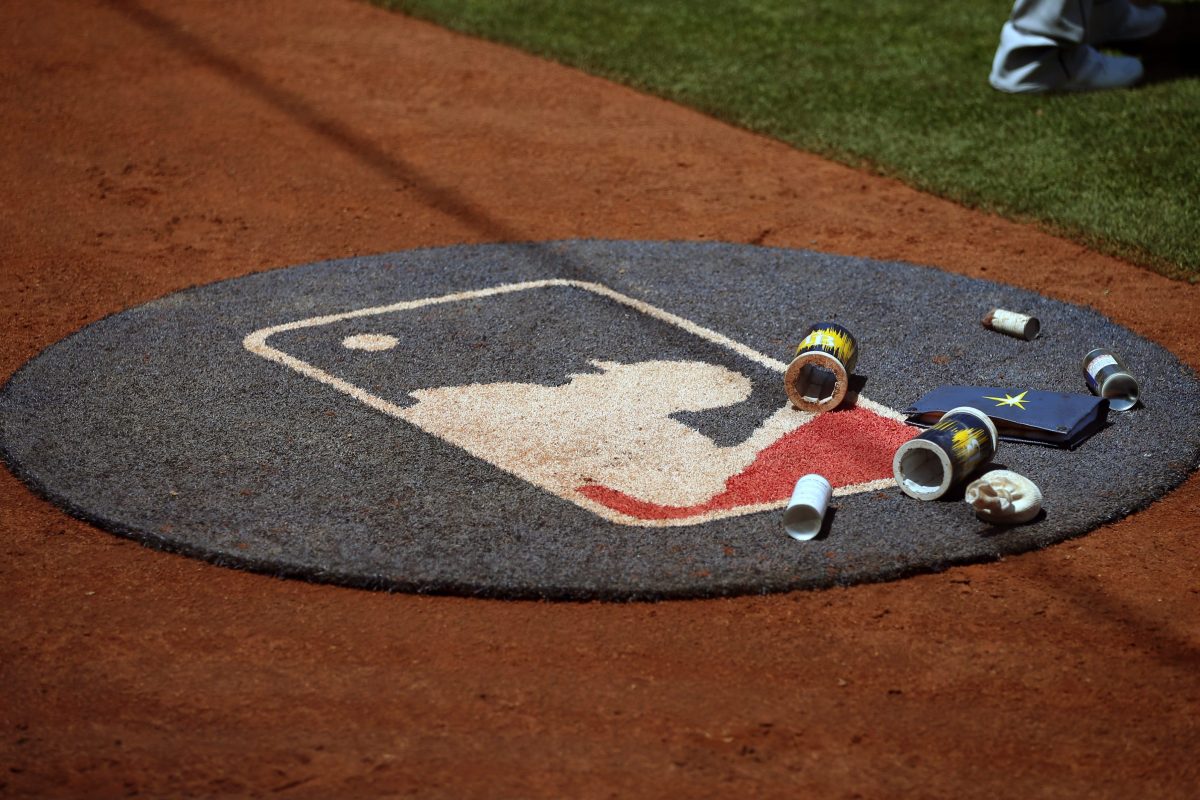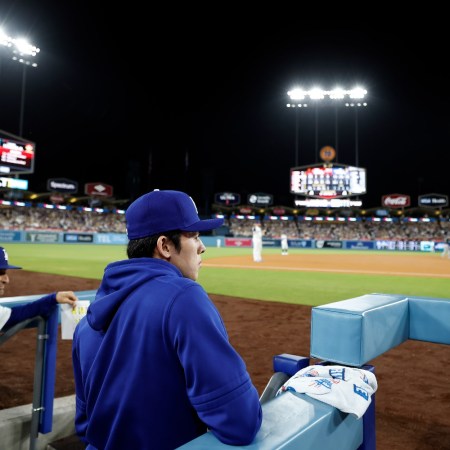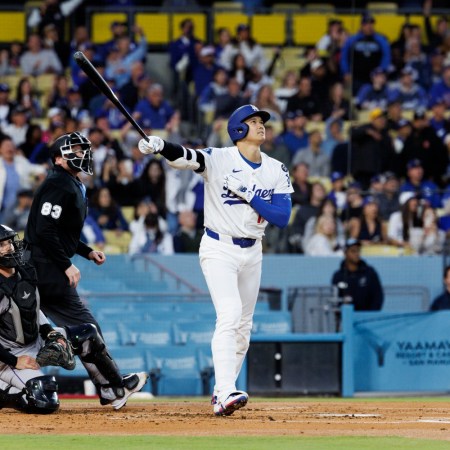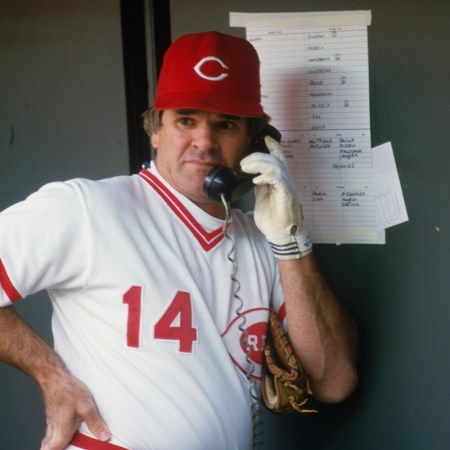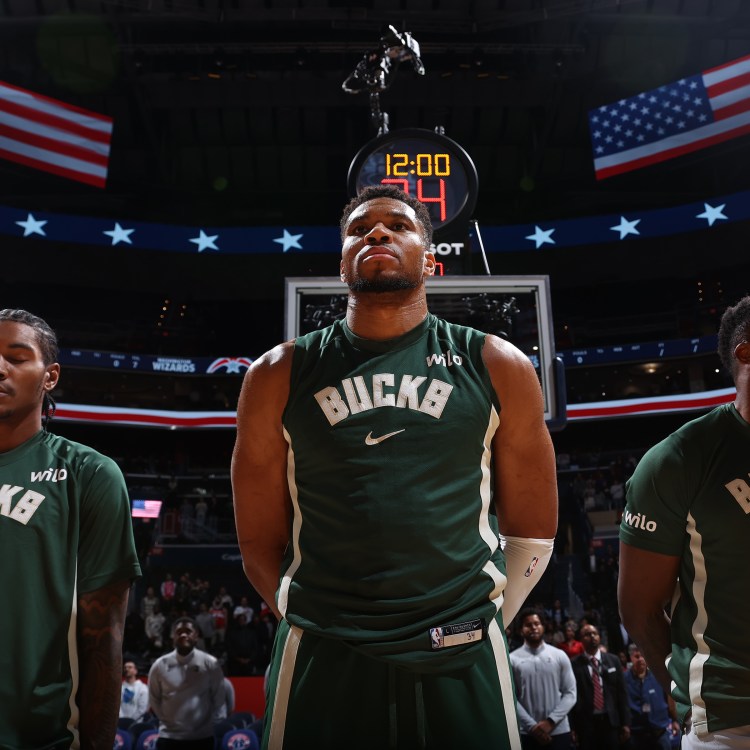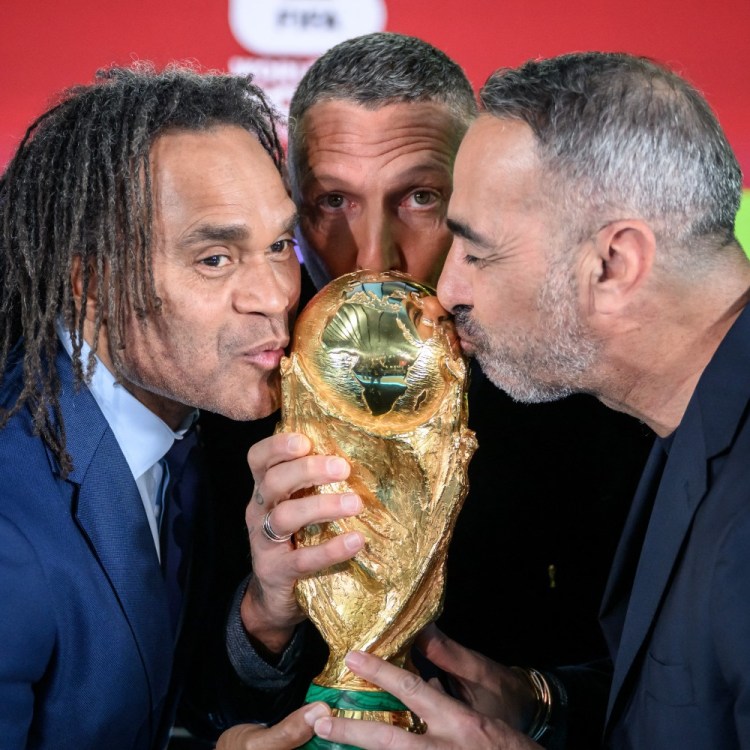If you head to MLB.com now that Major League Baseball has locked out its players and enacted baseball’s first work stoppage since 1994-95, you’ll find images of balls, some graphics and a letter from MLB commissioner Rob Manfred, along with his picture.
What you won’t find are photos and videos of any actual baseball players — you know, those people that fans (at least kind of) care about. That’s because the Collective Bargaining Agreement expired last night, prompting a lockout.
“You may notice that the content on this site looks a little different than usual,” per MLB. “Until a new agreement is reached, there will be limitations on the type of content we display. As a result, you will see a lot more content that focuses on the game’s rich history. Once a new agreement is reached, the up-to-the minute news and analysis you have come to expect will continue as usual.”
In and of itself, this is not a huge deal. But it is emblematic of the fact baseball as a whole, on behalf of both players and owners, is completely fine with ignoring the game’s biggest problem: what fans care about. There’s no need to recount those problems, including declining viewership, pace of play and a lack of young fans, here, but suffice to say a disagreement about the best way to fix them is not why there is no new CBA.
No, the reason why MLB’s players and owners have reached an impasse in negotiations is a lack of agreement about a “broad economics proposal.” In short, the players want more money and the owners don’t want to give it. Almost as riveting as grand slams, strikeouts and bench-clearing brawls, the owners and players are fighting over a revenue split that is 57-43 in favor of the former.
“Players have long been adamant they need to make significant gains in core economics,” per The Athletic. “In the players’ eyes, MLB’s proposals have largely been built around maintaining the status quo, or making what the players see as distributional changes — taking money from one subset of players to help another. Players, though, want an overall larger piece of the pie. Owners, to this point, don’t seem inclined to oblige them.”
Maybe they should, but it is also kind of hard to feel too bad for the players and their argument for more equality when 33 players command 51% of the $10 billion in player salaries, according to one estimate. If true, baseball’s owners and top-earners are turning a blind eye to the game’s middle and lower class, the majority of which is made up of younger players. (Ignoring young, middle and lower-class participants, you should’ve gathered by now, is something baseball is very good at.)
“We have been here before, and players have risen to the occasion time and again – guided by a solidarity that has been forged over generations. We will do so again here,” the MLBPA said in a statement. “We remain determined to return to the field under the terms of a negotiated collective bargaining agreement that is fair to all parties, and provides fans with the best version of the game we all love.”
Hopefully that’s true. But until players and owners start caring more about losing fans than not losing to each other, baseball is screwed.
The Charge will help you move better, think clearer and stay in the game longer. Subscribe to our wellness newsletter today.
